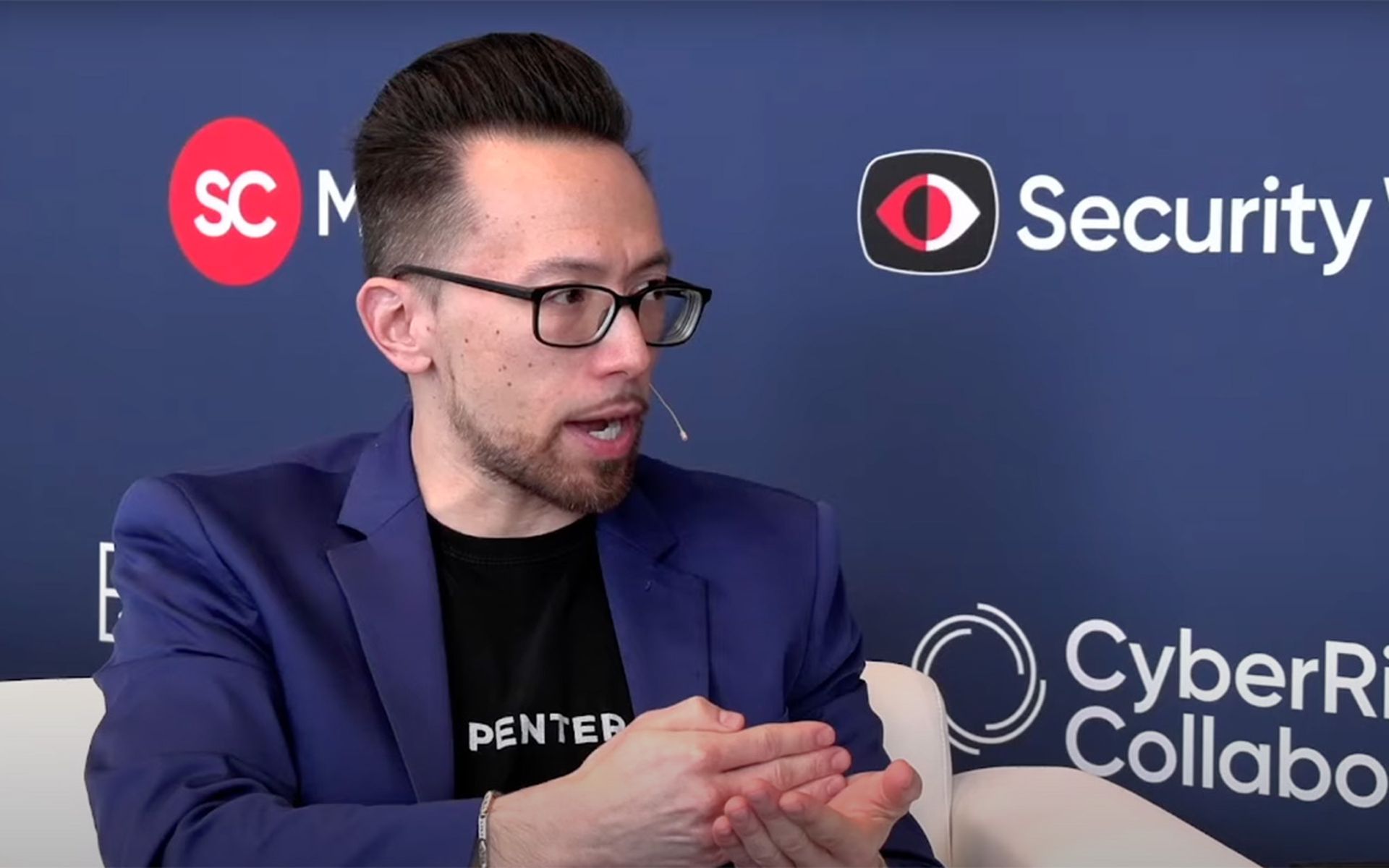Traditional penetration testing (pentesting) has been a cornerstone of cybersecurity risk assessments for over a decade, providing organizations with valuable insights into vulnerabilities and systemic weaknesses. However, the increasing complexity of digital infrastructures and the sophistication of modern cyber threats have exposed significant limitations in these periodic, manual assessments.
Traditional pentests are resource-intensive, costly, and limited to annual or biannual cycles, leaving organizations vulnerable to the continuously evolving attack surface. A more dynamic approach is required to ensure robust and adaptive cybersecurity.
According to Stephen Gates, Principal Security SME at Horizon3, autonomous pentesting is revolutionizing how organizations conduct risk assessments. Tools like Horizon3.ai’s NodeZero™ enable continuous, real-time testing that overcomes the shortcomings of traditional methods.
Here are five critical steps to transition from outdated static pentests to modern autonomous assessments:
1. Adopt Continuous Internal Pentesting
Traditional internal pentests offer a limited snapshot of vulnerabilities, often leaving organizations exposed to threats that arise between assessment cycles. Once completed, these tests lack a mechanism for ongoing validation, which can result in a false sense of security. Autonomous solutions like NodeZero shift the paradigm by assuming an attacker may already have an internal foothold. This real-world perspective allows NodeZero to identify and prioritize vulnerabilities, such as lateral movement paths or privilege escalation risks. Organizations can schedule regular, automated tests to map hidden attack paths, validate remediation efforts, and maintain an adaptive security posture. For example, pairing regular software updates with immediate pentesting ensures that any environmental changes are thoroughly evaluated.
2. Transition to Dynamic External Pentesting
External pentests traditionally focus on perimeter defenses but often fail to keep pace with the rapid discovery of new vulnerabilities and the addition of digital assets. This approach leaves gaps in external attack surface management, especially as organizations expand their hybrid and multi-cloud infrastructures. NodeZero addresses this challenge by continuously scanning for vulnerabilities across external assets, mimicking the methods of real-world attackers. Its passive enumeration capabilities and integration of Open-Source Intelligence (OSINT) help uncover misconfigurations, unpatched systems, and exploitable weaknesses in real time. By replacing static, annual snapshots with ongoing assessments, organizations can protect their perimeters against the dynamic tactics of adversaries.
3. Integrate Cloud-Specific Pentesting
Cloud environments, with their frequent updates and dynamic scaling, pose unique challenges for traditional pentests. Limited by point-in-time assessments and a lack of specialized tools, traditional methods often overlook misconfigurations and insecure access controls. NodeZero’s autonomous pentesting capabilities are tailored to cloud infrastructures, providing continuous insights into attack paths across platforms like AWS, Azure, and Google Cloud. By offering actionable intelligence on misconfigurations and identity access management (IAM) vulnerabilities, NodeZero empowers organizations to secure cloud environments as rigorously as on-premises systems.
4. Secure Kubernetes and Containerized Environments
The rise of Kubernetes and containerized applications introduces complexities that traditional pentests are ill-equipped to address. Traditional methods often overlook runtime vulnerabilities and dynamic configuration changes. NodeZero bridges this gap by offering continuous assessments tailored to Kubernetes environments. It identifies risks such as insecure container images, Role-Based Access Control (RBAC) misconfigurations, and potential container escapes. By ensuring compatibility across managed distributions like AWS EKS and Google GKE, NodeZero provides comprehensive security insights that traditional tools cannot match.
5. Deploy Continuous Detection with NodeZero Tripwires™
One of the most significant shortcomings of traditional pentests is the lack of ongoing threat detection between testing cycles. Vulnerabilities remain exploitable while patches await deployment, leaving organizations exposed. NodeZero introduces Tripwires™, a deception and detection feature that proactively monitors adversarial activity during and after pentests. By setting traps along known attack paths, NodeZero delivers real-time threat intelligence, alerting security teams to exploitation attempts. This capability extends beyond traditional testing, providing an added layer of resilience against evolving threats.
Why Continuous Pentesting Is Essential
The limitations of traditional pentesting—scarce talent, high costs, and static methodologies—make it insufficient for today’s cybersecurity landscape. Autonomous solutions like NodeZero eliminate these constraints, offering organizations the ability to continuously assess and adapt to emerging threats. By delivering actionable, real-time insights across internal, external, cloud, and Kubernetes environments, NodeZero empowers security teams to prioritize and remediate vulnerabilities effectively. For organizations navigating the complexities of compliance, regulatory requirements, and dynamic threat landscapes, autonomous pentesting is no longer optional. It is the future of cyber risk assessments, enabling a proactive, resilient approach to cybersecurity.
Call to Action: Embrace continuous pentesting with NodeZero to transform your security posture and ensure your defenses remain agile and effective.




